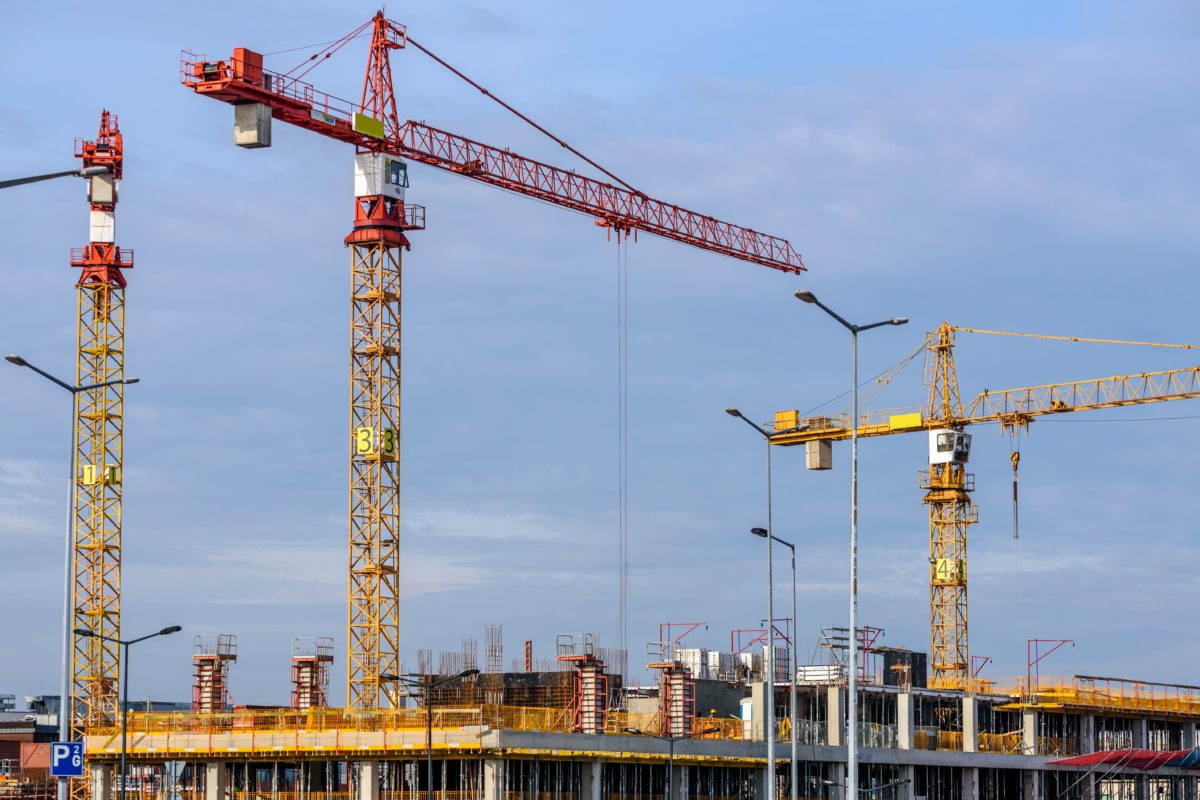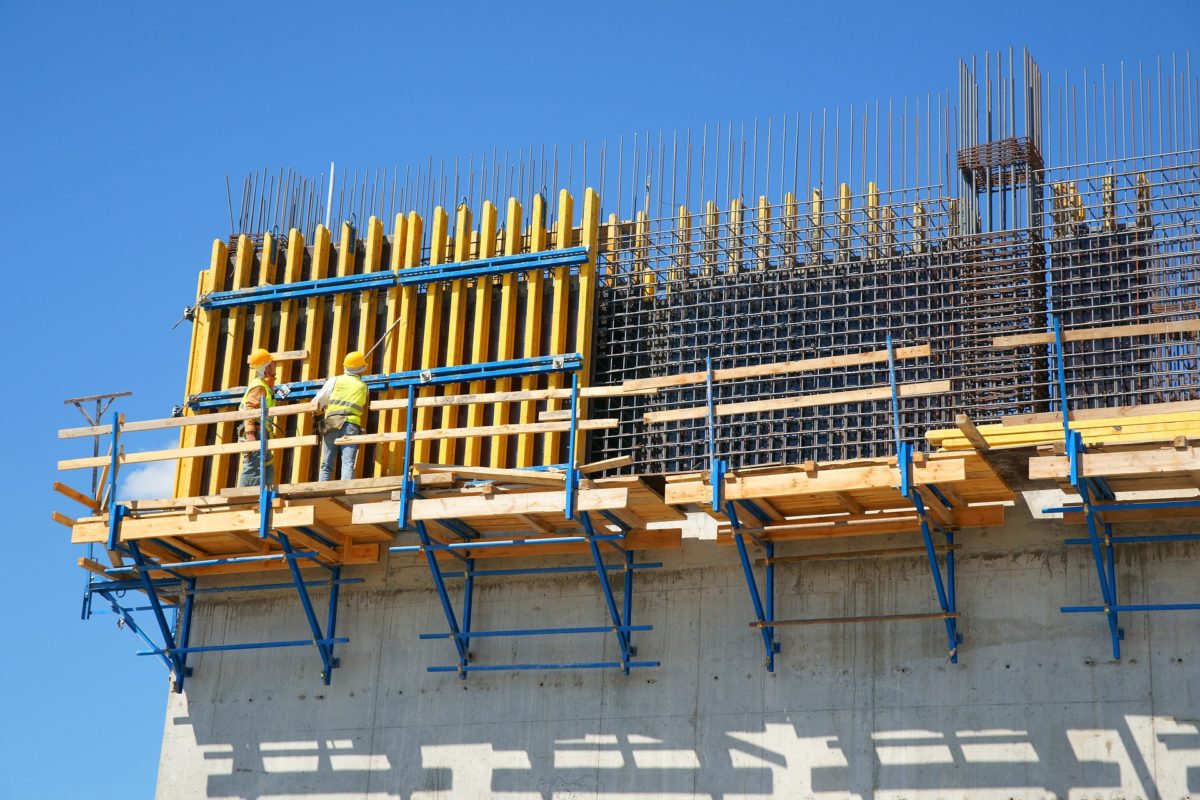
8 Essential Strategies for On-Site Construction Equipment Management
The commotion of an active construction site can be overwhelming if you don’t have suitable systems in place to ensure smooth construction processes and avoid risks.
One risk you want to avoid would be equipment issues, which can lead to delays and expenses. With that in mind, here are some essential strategies you can apply to your construction equipment management systems to ensure you’re correctly equipped on-site.
What is construction equipment management?
Before covering some on-site construction equipment management strategies, let’s discuss this concept first.
Construction equipment management would involve effective planning, utilization, and maintenance throughout the project lifecycle.
Proper construction equipment management will not be evident when you do it right. It will only be noticeable when you’re not doing it right. That’s because part of the management process ensures that the right equipment is available at the right time and in optimal condition.
By doing this, you minimize the downtime and delays due to a lack of resources, allowing for the smooth progress of the project.
It’s also helpful for controlling costs by optimizing equipment usage and reducing unnecessary expenses such as repairs or replacements. It also enhances safety on-site by ensuring that all equipment is well-maintained and meets necessary safety standards. That’s because your management process should also include equipment maintenance in it.
Moreover, proper construction equipment management improves your construction team’s productivity and efficiency. Project managers can allocate resources effectively and streamline workflows by clearly understanding which machines they need for specific tasks.
Now that you know what construction equipment management entails, let’s dive deep into some strategies for better control.
1. Technology integration to optimize project
Technology integration has become essential for many construction projects. Technology makes everyone’s jobs much more manageable, including on-site construction equipment management.
For example, using software for contractors and project management tools can make it much easier to manage construction projects, especially large-scale operations where you’re simultaneously working with many people, materials, tasks, and goals.
Online tools that can help manage inventory, track equipment usage and location, and store documentation for construction equipment management can save a lot of resources and time on getting inventories checked.
2. Equipment inventory and documentation
Managing the equipment in your construction projects involves inventory-taking and accurate documentation.
That’s why one key strategy is to establish a comprehensive equipment inventory system that you can apply for every construction project.
This system involves creating a detailed record of all the on-site equipment. Some important details that you should include about the equipment would be:
- their specifications
- maintenance history
- usage patterns
- personnel who last used said equipment and where
By maintaining an accurate inventory, you can easily track the availability and condition of each piece of equipment, preventing delays caused by missing or malfunctioning machinery.
Part of having an inventory system would be the documentation. You should document all relevant information related to the equipment, such as purchase receipts, warranties, repair records, and service schedules.
This documentation helps track maintenance activities and ensures regular inspections to identify potential issues before they escalate.
Implementing barcode or RFID tagging systems can further enhance equipment management efficiency. These technologies enable quick identification and tracking of assets through automated scanning processes.
Regular audits are also crucial for effective construction equipment management. Conducting periodic physical inspections allows you to verify the accuracy of your inventory records and promptly identify any discrepancies or missing items.
3. Maintenance planning and preventive measures
As you use construction equipment repeatedly, it will deteriorate and degrade over time. You can expect to repair or replace some equipment parts at some point. However, you don’t want to do that too early, or it will be too costly over time.
You also don’t want to do that too late, or else your equipment could deteriorate beyond usability, which means repairs and replacements will be costlier and take more time.
One of the critical maintenance planning strategies would be conducting regular inspections and routine maintenance checks. Routine maintenance helps identify potential issues before they escalate into major problems.
Additionally, creating a comprehensive maintenance schedule that includes tasks such as lubrication, filter replacement, and equipment calibration can significantly enhance the performance and reliability of construction equipment.
Preventive measures are equally necessary in maintaining construction equipment.
These include implementing proper storage practices to protect machinery from harsh weather conditions or theft, training operators on correct usage techniques to prevent unnecessary wear and tear, and investing in quality parts to ensure optimal performance.
By knowing how to store your equipment in the best way possible and checking in on your gear often, you can easily prevent future issues that can stall construction progress.
4. Equipment utilization optimization
How you use the equipment during your construction projects is also part of proper and thorough on-site construction equipment management.
Systematizing the proper usage of your equipment allows you to maximize its productivity and efficiency, resulting in cost savings and improved project timelines for your construction companies.
One crucial strategy for equipment utilization optimization is proper planning and scheduling.
By carefully planning each piece of equipment, construction managers can ensure they are utilized to their fullest potential. It will be easier to do that by having precise project requirements, checking equipment availability, and identifying operators’ skill levels.
Another effective strategy is training and skill development for operators.
Comprehensive training programs enhance safety and improve operators’ efficiency in utilizing the equipment. Skilled operators can make better decisions regarding equipment usage, leading to increased productivity. If you can’t find experienced operators, then train them.
Furthermore, embracing technology solutions can significantly aid in optimizing equipment utilization. Utilizing telematics systems or IoT devices allows real-time monitoring of machines’ performance, fuel consumption, and maintenance needs.
You can also track your equipment usage. With that information, construction managers can identify underutilized machinery or instances where multiple machines unnecessarily perform similar tasks.
5. Training and skill development
We’ve touched on briefly that training your team is also part of good construction equipment management. If your team knows how to handle the equipment well, the kit won’t go through as much disrepair and won’t break down faster.
One crucial strategy for training and skill development is providing comprehensive training programs specifically tailored to the needs of construction equipment management.
These programs should cover various aspects such as equipment operation, maintenance, safety protocols, troubleshooting techniques, and relevant regulatory requirements. By equipping employees with the necessary skills and knowledge, they can confidently handle different types of construction equipment efficiently.
Another effective strategy is promoting hands-on learning experiences.
Practical training sessions allow individuals to gain real-world experience in managing construction equipment on-site. You should include simulating scenarios employees may encounter during work, enabling them to develop problem-solving skills and make informed decisions in challenging situations.
Furthermore, implementing mentorship programs can be beneficial for both new hires and experienced professionals.
Pairing less experienced individuals with seasoned experts allows for knowledge transfer and practical guidance. This mentorship approach helps accelerate skill development by providing valuable insights from those who have mastered effective on-site construction equipment management strategies.
6. Safety protocols and compliance
Workplace safety is paramount in the construction industry. One aspect that contributes significantly to that would be your construction equipment management systems.
If you do it right, you should have safety protocols and compliance rules for your construction sites, as well as specific ones for each piece of equipment you use.
Not only will these protocols keep your construction team and operators safe, but they will also ensure that nobody is using the equipment wrong, which can lead to errors and equipment failures.
7. Resource management
Equipment is one of the four resources you should manage in your construction projects. The other three would be people, money, and materials. Therefore, if you have a good hold of how you manage your resources, that, in turn, will affect how well you work with your construction equipment.
8. Proper construction equipment storage
It would help if you didn’t leave your construction equipment lying around as much as possible when unused. Ideally, it would be best if you had dedicated storage spaces for them that are adequately secure from both potential thefts and environmental issues.
It’s also a good idea to have a system to track where each piece of equipment is in storage and when they’re out.
Conclusion
These strategies should make equipment management smoother and less like you’re improvising them. If you aren’t using these strategies yet, it’s time to apply them to your construction company now. That way, you will feel in control of your construction projects while protecting essential assets in your construction projects.
Infographic provided by BIM virtual design and construction company, Sevan Multi-Site Solutions



